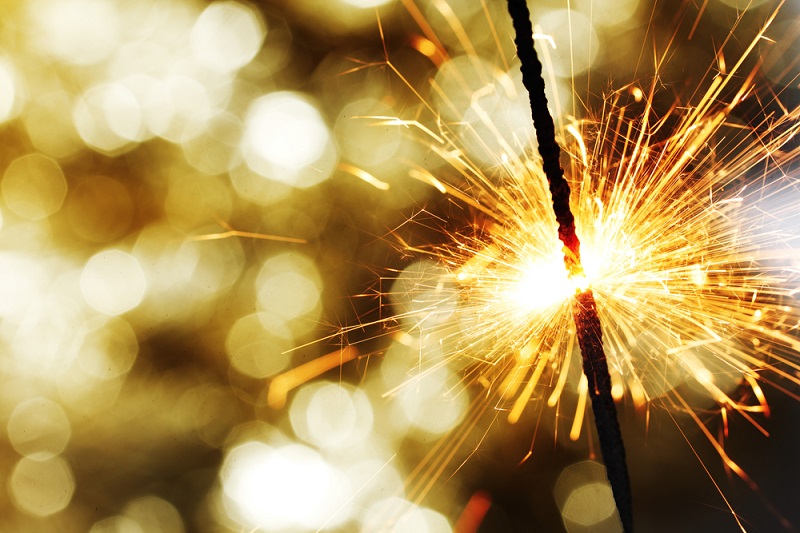Fireworks Send Thousands of Americans to the ER Around the Fourth of July

Before you fire off a bunch of bottle rockets this July Fourth, spare a thought for your fingers, toes and other extremities. Injuries from fireworks send thousands of Americans to the emergency room around this time of year, new data shows.
According to the U.S. Consumer Product Safety Commission (CPSC), there were an estimated 9,100 fireworks-related injuries treated in U.S. emergency rooms in 2018; and of these, about 5,600 occurred in the one-month period around July Fourth (from June 22 to July 22). That's about 190 injuries per day around July Fourth.
In addition, at least five people died from fireworks-related injuries in 2018, and four of these deaths occurred during the week of July Fourth, the CSPC said. [The Weirdest Fireworks Injuries Ever]
The CSPC also warned against letting children use fireworks: Overall, the highest rate of fireworks-related injuries occurred among children ages 10 to 14 years old.
"Don't make the emergency room part of your holiday; don't let children play with fireworks."," Dr. Sarah Combs, an emergency room doctor from Children's National Medical Center in Washington, D.C., said in a statement. About 44% of overall injuries were burns, most commonly to the hands, fingers and arms, the CPSC said.
Firecrackers were the No. 1 cause of people's fireworks-related injuries, accounting for nearly 20% of injuries. And sparklers were a major cause of injuries for young children, accounting for more than half of total injuries among those under age 5.
Sparklers may seem innocent enough, but they can reach temperatures of around 2,000 degrees Fahrenheit (1,093 degrees Celsius), the CPSC said. "At those high temperatures, within two to three seconds [a] child can sustain what we call a 'full thickness' third-degree burn down to the bone," Combs said at a news conference on Wednesday (June 26).
Sign up for the Live Science daily newsletter now
Get the world’s most fascinating discoveries delivered straight to your inbox.
Among the five fireworks-related deaths that occured in 2018, all involved the use of reloadable aerial devices, such as mortar-shell fireworks. All of the victims were males ages 16 to 49.
In one case, an 18-year-old man in Iowa launched mortar shells from a tube taped to a helmet on this head. But one of the ignited shells got stuck in the tube and didn't launch. It soon exploded on top of the victim's head, causing him to fall to the ground. The man was taken to the hospital, but died the next day due to his injuries, the CSPC said.
The agency has received a total of 121 report of fireworks-related deaths from 2003 to 2018.
To prevent injuries and deaths related to fireworks, the CSPC recommends the following:
- Make sure consumer fireworks are legal in your area before buying them.
- Never use professional-grade fireworks.
- Don't buy fireworks that are packaged in brown paper, as this is often a sign that the fireworks were made for professional displays.
- Never let young children play with or ignite fireworks, including sparklers.
- Never try to relight or handle malfunctioning fireworks.
- Never place any part of your body directly over a fireworks device when lighting the fuse. Move to a safe distance immediately after lighting fireworks.
- Keep a bucket of water close by in case of fire.
- When fireworks have completed burning, douse the product with water from a bucket or hose before discarding.
Originally published on Live Science.
- 50 Fabulous 4th of July Facts: History of Independence
- Science of Summer: How Do Fireworks Work?
- 5 Dazzling Facts About Fireworks
Originally published on Live Science.

Rachael is a Live Science contributor, and was a former channel editor and senior writer for Live Science between 2010 and 2022. She has a master's degree in journalism from New York University's Science, Health and Environmental Reporting Program. She also holds a B.S. in molecular biology and an M.S. in biology from the University of California, San Diego. Her work has appeared in Scienceline, The Washington Post and Scientific American.









